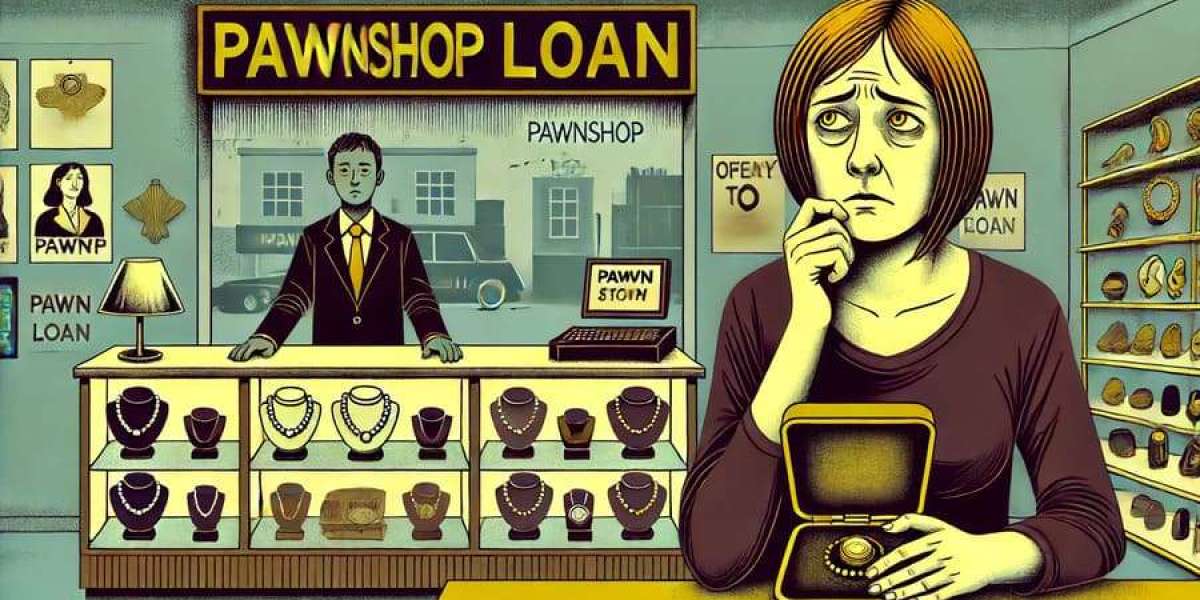Creating offers that make people stop scrolling, pay attention, and click “buy now” is no accident. It’s the result of understanding your audience deeply, tapping into their emotions, and knowing how to position value so clearly that ignoring it feels like missing out on a once-in-a-lifetime opportunity.
Let’s break down the proven steps to how to create offers your audience can’t resist, so your next launch, product, or service sells like crazy.
Know Your Audience Like Your Best Friend
You can’t create an irresistible offer without first knowing who you’re creating it for. That means diving deep into your audience's:
Desires – What do they want more than anything?
Pain Points – What are they struggling with daily?
Objections – What’s holding them back from buying right now?
Use surveys, polls, and conversations to find out. Social media comments and product reviews in your niche are gold mines. When your offer speaks directly to someone’s internal dialogue, it feels personal—and that’s magnetic.
Anchor with Emotional Triggers
People make decisions emotionally and justify them logically. If your offer taps into emotion—especially urgency, excitement, or fear of missing out—it becomes hard to resist.
Ways to Add Emotional Pull:
Use stories in your copy that reflect their struggle and transformation.
Create limited-time offers to introduce urgency.
Add bonuses that elevate excitement and perceived value.
Emotionally driven marketing isn’t manipulation—it’s connection.
Present a Clear and Tangible Transformation
Your audience doesn’t care about the features of your product—they care about the transformation. What will life look like after they say yes to your offer?
Instead of saying:
“Includes 5 video lessons and a workbook…”
Say this:
“Walk away with the confidence to launch your first profitable course—even if you’ve never sold anything online before.”
Make the result real and immediate. Paint the before-and-after picture vividly.
Build in Massive Perceived Value
People don’t judge offers by price alone—they assess value. So your job? Make your offer feel more valuable than the price tag.
Techniques to Boost Perceived Value:
Stack bonuses and price them individually.
Add testimonials and social proof to reduce risk.
Showcase comparisons (e.g., “This bundle would normally cost $497…”).
Use visuals, icons, and graphics that elevate your presentation.
Even Red Shoes Inc. once threw in a surprise bonus (hello free style guide) and folks went bananas.
Make the Offer Stupid-Simple to Say Yes To
A confused mind never buys. If your offer isn’t crystal clear, with one obvious action to take, people will bounce.
Ensure that your messaging answers:
What is it?
Who is it for?
Why do I need it now?
What happens after I buy?
Avoid industry jargon, keep your checkout process simple, and always, always have a clear call-to-action button that stands out.
Sweeten the Deal with Bonuses
Bonuses add that extra “oomph” to an offer. They’re often the tipping point for hesitant buyers.
Great Bonus Ideas:
Templates
Quickstart guides
Private Q&A access
Early bird exclusives
Complimentary 1:1 consultation
Make sure your bonuses complement—not compete—with your core offer. They should enhance the transformation, not distract from it.
Incorporate Social Proof & Testimonials
Nothing builds trust faster than seeing real people rave about your offer. It reduces fear, builds credibility, and increases conversions.
Include:
Screenshots of messages or emails from past buyers.
Video testimonials (short, authentic, unpolished ones work great).
Case studies showing real results.
And don’t fake it—today’s savvy audiences can smell phony from a mile away.
Introduce Urgency & Scarcity (But Be Ethical)
Telling someone they can have something anytime means they’ll probably get it… never. But add a deadline or limited spots and suddenly—bam! They act.
Use phrases like:
“Only available until Friday at midnight”
“Only 50 spots available”
“Doors won’t open again until fall”
Just make sure you stick to your word. Artificial scarcity breaks trust fast.
Craft Copy That Sells (Without Sounding Salesy)
Great copy is conversational, relatable, and speaks directly to the reader’s needs and dreams.
Copywriting Tips:
Use “you” more than “we” or “I.”
Speak like you’re talking to a friend.
Break up big blocks of text with bullet points or short paragraphs.
Use power words: unlock, proven, easy, effortless, transform, secret, insider.
Copy is often the final push that takes someone from “maybe” to “heck yes.”
Test, Tweak, and Optimize Over Time
Even the best marketers don’t always get it right the first time. The magic lies in testing different angles, copy versions, bonuses, and prices to see what resonates most.
Keep track of:
Conversion rates
Abandonment rates
Email click-through rates
Buyer feedback
Then improve. Again and again. Offers are living creatures—they evolve.
Don’t Sell to Everyone—Speak to One Person
It might seem like a good idea to appeal to as many people as possible, but this dilutes your message. Instead, zero in on one person—your dream buyer—and craft your offer for them.
Think: “If I were in a room with just one ideal customer, how would I pitch this?”
The more personal your message feels, the more powerful it becomes.
FAQs: How to Create Offers Your Audience Can’t Resist
Q1: What makes an offer irresistible?
A: Clear transformation, emotional appeal, perceived value, urgency, and bonuses all contribute to making an offer irresistible.
Q2: Should I always include a bonus?
A: Not mandatory, but bonuses often tip the scales and enhance the perceived value of your core offer.
Q3: How can I know what my audience wants?
A: Use surveys, interviews, social media polls, and review mining to gather real insights about desires and pain points.
Q4: What’s better—discounts or bonuses?
A: Bonuses often work better because they add value instead of reducing perceived worth.
Q5: How often should I test or change my offer?
A: Regularly test copy, price, and structure—especially if conversion rates drop or your audience shifts.
Q6: Can small businesses use these strategies?
A: Absolutely. These strategies scale up or down based on budget, audience, and niche.



